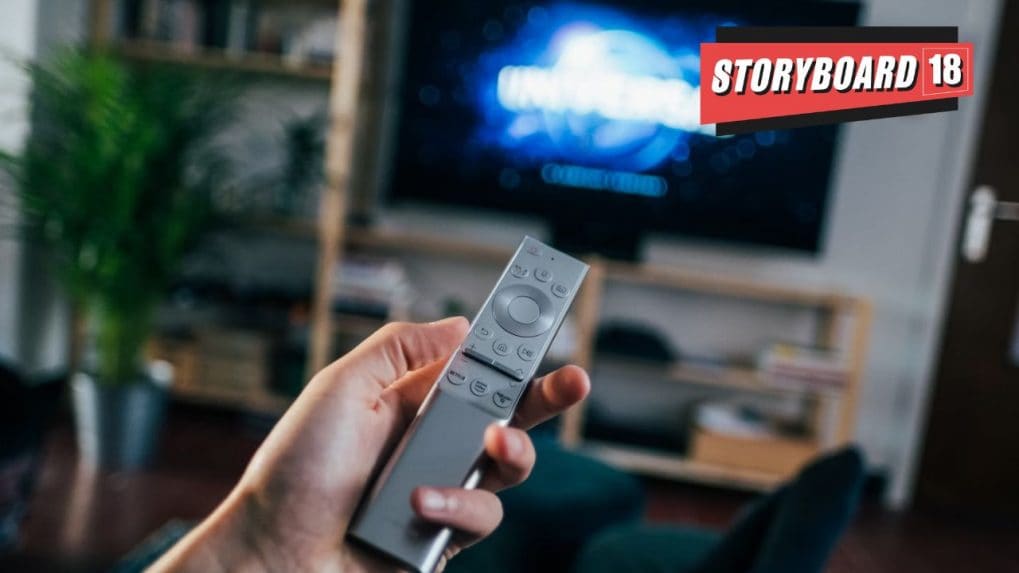Broadcasters warn D2M could disrupt advertising market, threaten sports ecosystem
Experts suggest that the sports broadcasters fear that D2M could be notified under the Sports Broadcasting Signals (Mandatory Sharing with Prasar Bharati) Act, similar to Doordarshan’s terrestrial and DTH platforms.
ADVERTISEMENT
India’s ambitious Direct-to-Mobile (D2M) broadcasting project — slated for rollout by mid-2026 — has sparked growing unease among broadcasters, who fear the technology could upend their existing business models even as it promises to transform how Indians consume digital content.
The Ministry of Information and Broadcasting (MIB) has appointed Ernst & Young (EY) as the project management consultant to craft a national roadmap and design a sustainable business model for D2M. The initiative, led by Prasar Bharati in partnership with IIT Kanpur and Tejas Networks' Saankhya Labs , aims to beam multimedia content — including video, news, and emergency alerts — directly to mobile devices without internet connectivity, functioning much like FM radio for the digital era.
Trials and Technological Push
According to the MIB’s submission to the Parliamentary Standing Committee on IT, D2M trials are underway in 19 cities using both high- and low-power transmitters. The committee has sought clarity on outcomes from pilot tests in Mumbai, Delhi, and Bengaluru and requested regular progress updates.
Technology partners such as Intel and Tejas Networks have also demonstrated D2M integration in laptops, showcasing how educational and public service content can be streamed seamlessly without Wi-Fi or mobile data.
While policymakers see the technology as a game changer for digital inclusion, especially in rural and remote areas, broadcasters view it with a mix of curiosity and caution.
Broadcasters’ Core Concerns
Behind closed doors, several broadcasting executives have voiced deep apprehensions about the lack of clarity on the revenue model. One senior network executive, speaking on condition of anonymity, said:
“We still don’t know if D2M will follow the Doordarshan Free Dish slot sale model, a citywide auction like FM Radio, or some hybrid system. Without revenue visibility, it’s impossible for broadcasters to plan investments.”
The industry is particularly anxious about who pays for content delivery. If D2M turns out to be advertisement-driven, networks fear being squeezed further in an already shrinking ad market.
“Digital giants like YouTube and Meta have already absorbed most of the ad pie,” said another senior executive at a major general entertainment network. “If advertisers continue to focus on online platforms, what incentive will they have to advertise on D2M?”
Broadcasters argue that unless the government offers a clear monetization framework, including equitable ad-sharing or subscription-based mechanisms, D2M may end up becoming another public-service initiative with limited commercial viability.
Experts suggest that the sports broadcasters fear that D2M could be notified under the Sports Broadcasting Signals (Mandatory Sharing with Prasar Bharati) Act, similar to Doordarshan’s terrestrial and DTH platforms.
A broadcaster said, "If that happens, it would compel private networks to share live feeds of major sporting events with Prasar Bharati — effectively allowing D2M to retransmit content without direct commercial benefit to the original rights holders."
“If D2M becomes a mandatory sharing platform, it will kill the economic foundation of sports broadcasting,” warned a senior executive from a leading sports network. “We pay hundreds of crores for exclusive rights, and those investments fuel India’s entire sports ecosystem — from leagues to grassroots programs. D2M could dismantle that overnight.”
A high-level inter-ministerial committee — comprising officials from the Department of Telecommunications (DoT), Ministry of Electronics and IT (MeitY), Department of Space, and the MIB — is currently evaluating regulatory implications to ensure alignment across telecom and broadcasting sectors.
While MIB Secretary Sanjay Jaju has described D2M as a way to “democratize content access,” and TRAI Chairman Anil Kumar Lahoti called it a “viable alternative” for mass content delivery, the industry remains unconvinced.
“Democratization should not come at the cost of destroying existing revenue models,” a senior broadcaster remarked. “If the government wants private participation, there must be commercial incentives — not just policy mandates.”
Despite the uncertainty, the potential of D2M is undeniable. Its ability to transmit high-quality content directly to mobile phones could ease pressure on telecom networks and reach audiences beyond the internet’s reach — a critical advantage in a country where nearly 45% of rural households still face patchy connectivity.
If executed successfully, India could become one of the first large-scale adopters of D2M globally, transforming content accessibility for millions. But for now, the initiative faces a crucial test: convincing broadcasters that it’s not just technologically feasible, but also financially sustainable.

